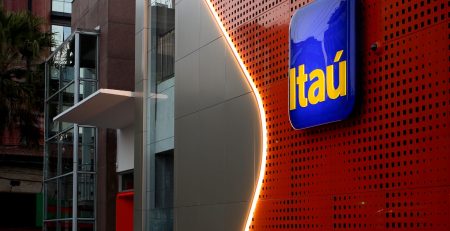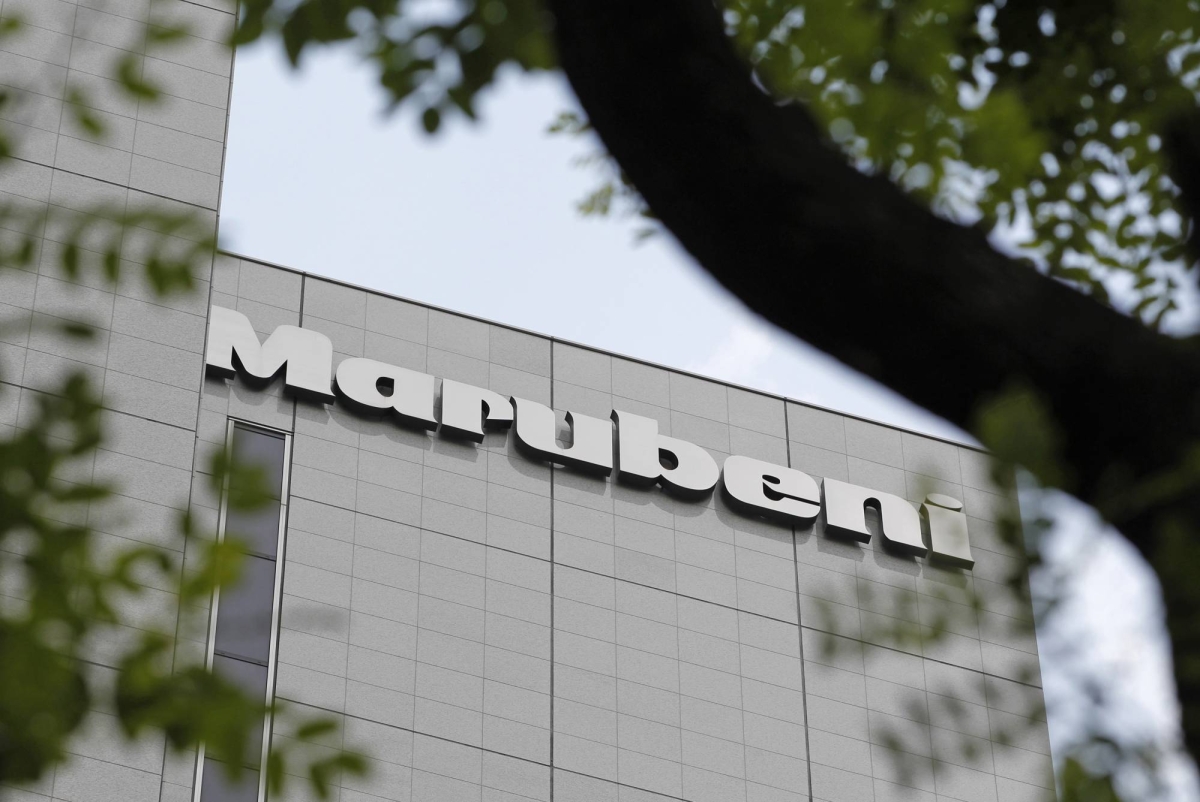Adidas: Leading the Charge in Sustainability, Innovation, and Global Sportswear Dominance
Introduction: Adidas, the iconic German sportswear giant, has built a legacy that spans over 70 years, making it one of the most recognized names in both athletics and fashion. As the largest sportswear manufacturer in Europe and the second-largest in the world, Adidas has continuously evolved by pushing the boundaries of innovation, sustainability, and cultural influence. This report explores Adidas’ key focus areas, highlighting how the brand has sustained its global dominance while remaining at the forefront of technological and environmental advancements.
1. Sustainability Initiatives in Sportswear:
Adidas has become a leader in sustainability within the sportswear industry, demonstrating its commitment to eco-friendly practices. Through partnerships like the one with Parley for the Oceans, Adidas creates footwear and apparel using upcycled plastic waste, preventing millions of pounds of plastic from polluting the oceans. The brand’s goal is to produce 17 million pairs of shoes using recycled plastic by 2024, showcasing its dedication to reducing its environmental footprint.
Adidas has also committed to achieving carbon neutrality by 2050. The company has introduced innovations like the “Futurecraft Loop,” a fully recyclable shoe designed to reduce waste. With these initiatives, Adidas is positioning itself as a leader in responsible manufacturing within the industry.
2. Innovation in Sports Technology:
Innovation has been a driving force behind Adidas’ success in the sportswear market. Technologies like BOOST cushioning, which offers enhanced energy return, and PRIMEKNIT, a seamless fabric construction that provides lightweight comfort, have revolutionized sportswear design. Adidas continues to push the boundaries with 4D printing technology, which allows for custom-tailored shoes that adapt to the wearer’s movements.
These advancements have not only improved athletic performance but have also set new standards for footwear and apparel design across the industry. Adidas’ focus on blending technology and fashion has helped it maintain a strong competitive edge.
3. Brand Legacy and Global Reach:
Adidas’ history is one of innovation, craftsmanship, and cultural impact. Founded in 1949 by Adolf Dassler, the company quickly established itself as a trusted name in sports, providing footwear for athletes in various disciplines. Over the decades, Adidas has expanded its product line to cater to both professional athletes and casual wearers, cementing its place in global fashion as well as sports.
With a presence in over 160 countries and a strong foothold in Europe, North America, and Asia, Adidas continues to be the go-to brand for consumers seeking high-quality, performance-driven sportswear. Its iconic three-stripe logo remains synonymous with quality and style.
4. Collaborations with Celebrities and Designers:
Adidas has excelled at merging sportswear with street culture, thanks to its high-profile collaborations with celebrities and fashion designers. Partnerships with stars like Kanye West (Yeezy), Beyoncé (Ivy Park), and Pharrell Williams have expanded Adidas’ influence beyond the sports world, making it a cultural phenomenon in the lifestyle and fashion sectors.
These collaborations have helped Adidas tap into new audiences, including younger, fashion-conscious consumers who value the brand for its ability to blend performance with style. Adidas’ partnership with Stella McCartney, known for her focus on sustainability, has further bolstered its image as a brand committed to responsible fashion.
5. Competitive Positioning Against Nike:
Adidas’ rivalry with Nike is one of the most prominent in the sportswear industry. While Nike maintains a larger share of the global market, Adidas has consistently challenged its competitor by focusing on innovation, sustainability, and collaborations that resonate with a wide range of consumers. Adidas has been particularly successful in growing its market share in Europe and Asia, where it has strong brand loyalty.
The company’s marketing strategies, which emphasize inclusivity, sustainability, and cutting-edge technology, have helped it stand out. Adidas’ ability to differentiate its products while staying true to its heritage continues to fuel its growth in the competitive sportswear landscape.
Conclusion:
Adidas’ ability to innovate while staying true to its legacy has cemented its position as a global leader in the sportswear industry. Whether through its eco-friendly initiatives, technological advancements, or strategic collaborations with cultural icons, Adidas has continued to evolve and remain relevant in an ever-changing market. As it moves forward, Adidas’ commitment to sustainability, innovation, and expanding its global influence will ensure it remains a dominant force in both sports and fashion.










Leave a Reply